Eastern Elegance: Exploring the Beauty of the Chinese Qipao
Are you familiar with the Chinese qipao? Similar to the hanfu, the qipao is a representation of Chinese aesthetics in attire, brimming with oriental charm. It is not merely a classic ensemble for Chinese women but also a radiant gem in the cultural tapestry of Chinese garments. Would you like to delve further into this subject? This article will introduce you to the unique allure of the qipao!
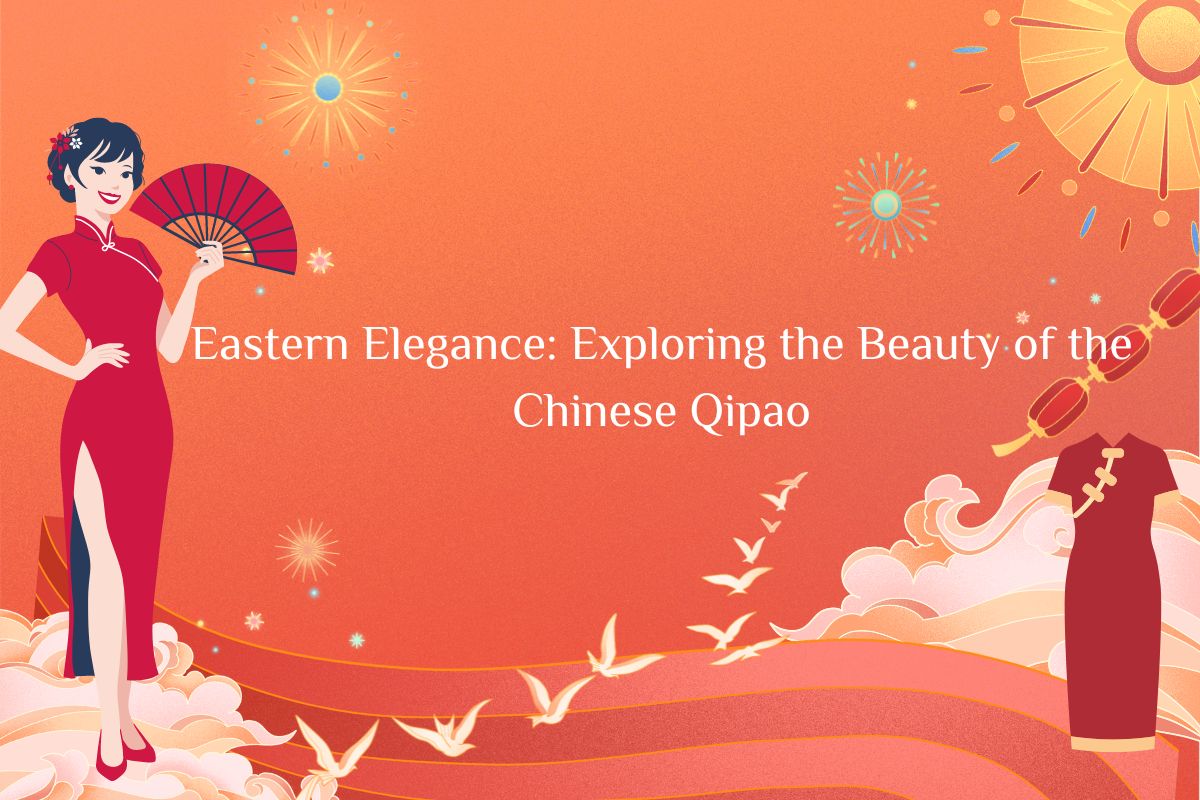
The Evolution of the Qipao
The qipao, stemming from the traditional garb of the Manchu people in China, rapidly gained popularity among Han Chinese women, particularly in bustling metropolises like Shanghai, during the 1920s. Through a series of refinements and innovations, it evolved to become more form-fitting and elegant, showcasing the beauty of feminine curves. During this era, the qipao began assimilating Western tailoring techniques, such as waist-cinching designs, while preserving traditional side slits for both ease of movement and added dynamism to the attire. Elements of qipao design like length, sleeve length, collar style, and slit height diversified to cater to various occasions and individual aesthetic preferences.
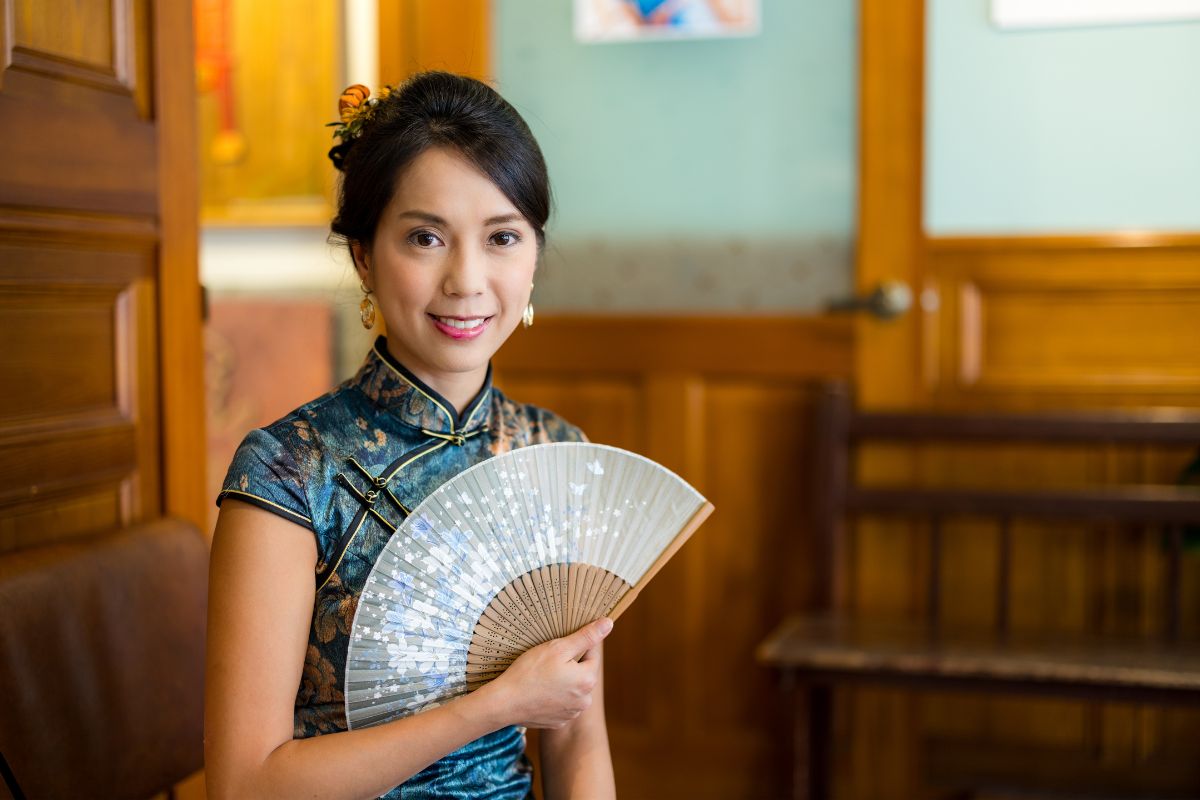
By the 1930s, the qipao reached its zenith, becoming a symbolic attire for Chinese women, not just for everyday wear but also designated as one of the national ceremonial dresses, embodying the confidence and revival of national culture. Even to this day, the qipao remains a treasure trove of Chinese sartorial culture, frequently gracing important events and international platforms, transcending time with its timeless beauty, garnering adoration and appreciation from a global audience.
Exquisite Crafting Process
The creation of a qipao transcends mere garment production, portraying a continuum of artistry and history. Each cut and stitch embodies the craftsmen's unwavering pursuit of beauty.
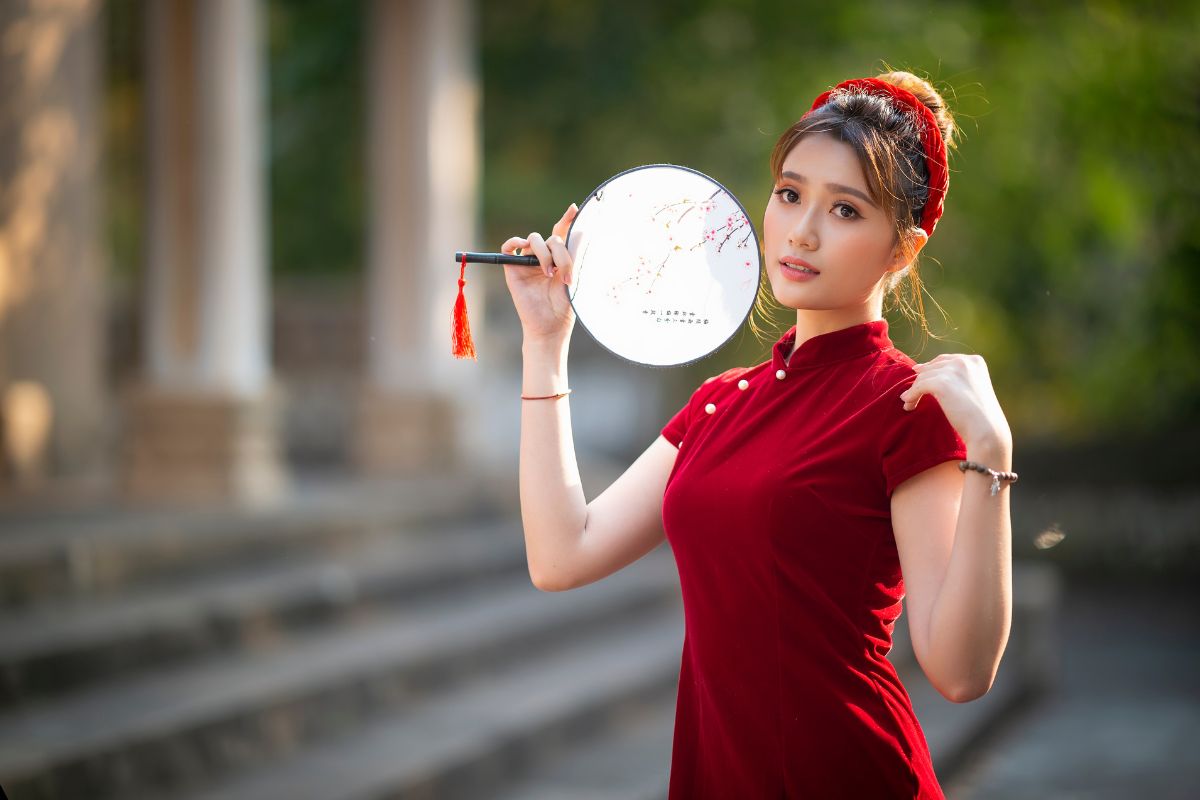
Tailoring
The creation of a qipao commences with meticulous tailoring, a paramount initial step in the entire process. Tailors intricately measure the dimensions of each customer, ensuring that the qipao fits snugly and comfortably, elegantly accentuating the wearer's silhouette.
Fabric面料(miàn liào) Selection
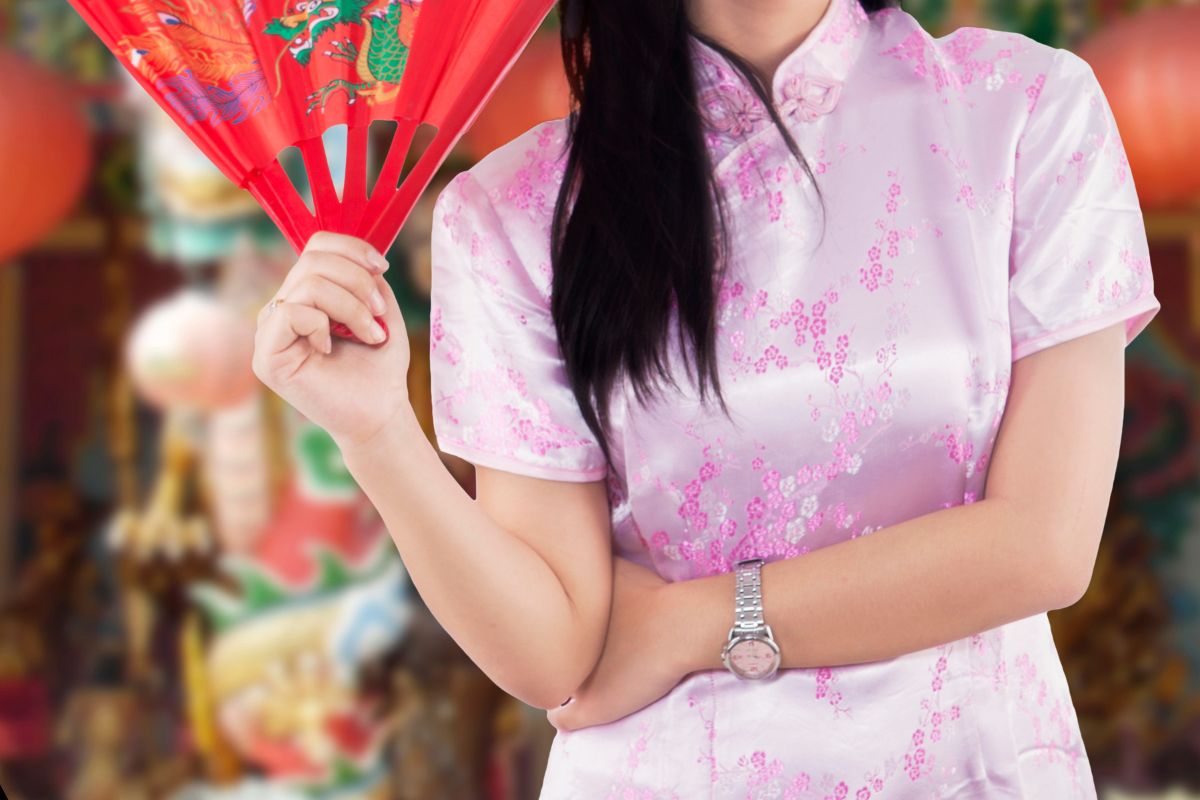
面料 (miàn liào), noun, fabric
Examples:
- I like this soft fabric.
我喜欢这种柔软的面料。
wǒ xǐ huɑn zhè zhǒnɡ róu ruǎn de miàn liào 。 - This fabric is very luxurious.
这种面料很奢华。
zhè zhǒnɡ miàn liào hěn shē huá 。
The choice of fabric is integral. Traditional qipaos often feature high-end materials like silk and satin, renowned for their soft touch and lustrous sheen. These materials not only offer a luxurious feel but also, through intricate patterns and colors, reveal the wearer's taste and identity. While fabric varieties have expanded with changing times, the pursuit of quality remains unwavering.
Cutting and Stitching
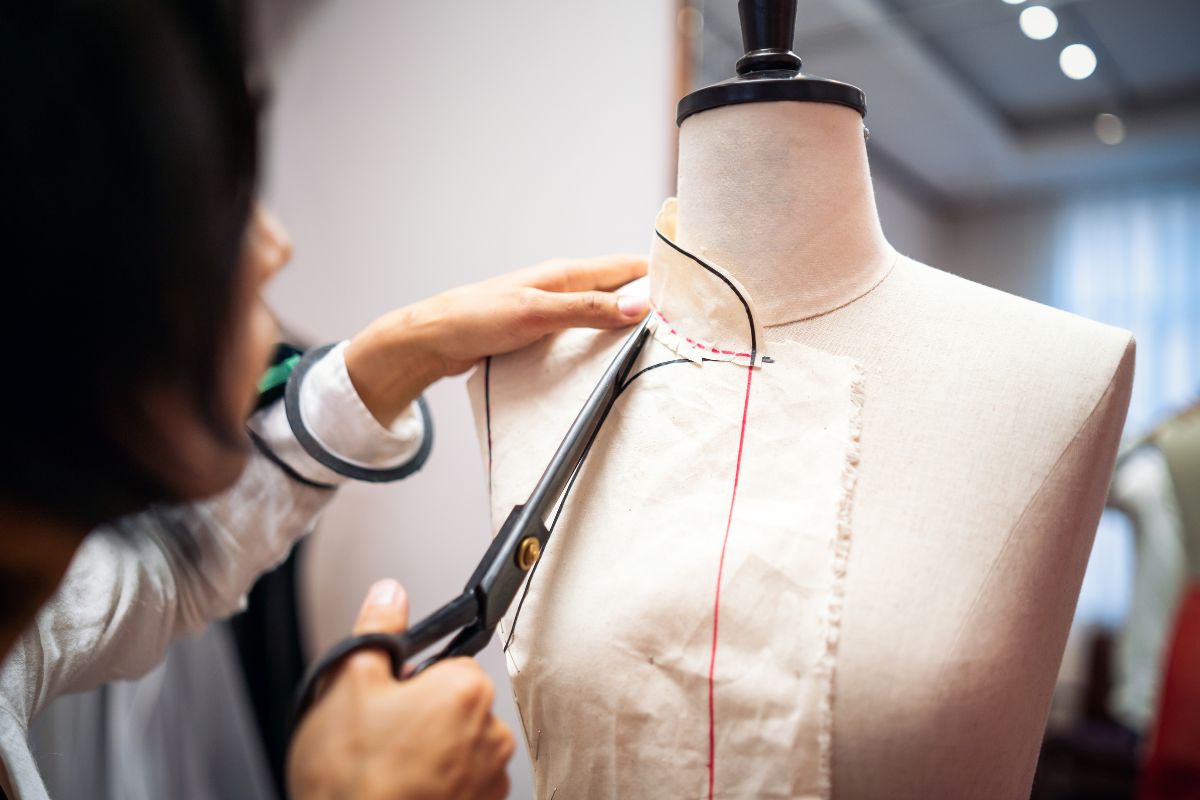
Cutting stands as a core technique in qipao creation, embodying the tailor's skill and experience. Traditional qipao cuts emphasize fluid lines and structured rigor, balancing aesthetic appeal and practical wear considerations. The design of slits enhances freedom of movement while infusing sensuality and allure.
Stitching proves the most challenging aspect of qipao creation. Handcrafted qipaos entail each stitch embodying the artisan's dedication. Ornaments like fasteners and edges are distinct qipao features, transcending mere functionality to serve as reflections of aesthetics, exuding the elegance and uniqueness of the qipao.
Despite modernized production methods enhancing efficiency to a degree, many qipaos still uphold artisanal craftsmanship, preserving the beauty of age-old techniques. Concurrently, contemporary designers explore blending traditional elements with modern aesthetics to align qipaos with the lifestyle and aesthetic preferences of modern individuals.
Chinese Aesthetics in the Qipao
The beauty of the qipao transcends into its rich colors and patterns, key components of its unique charm. Envision transitioning from simple, subtle hues to vibrant, compelling painted colors, and from delicate, intricate embroidery刺绣(cì xiù) to lively, dynamic prints—each design conceals the wearer's individual expression. Don a qipao adorned with gentle ink wash paintings, embodying a refreshing, refined aura, while those embroidered with magnificent peonies convey wishes of happiness and prosperity.
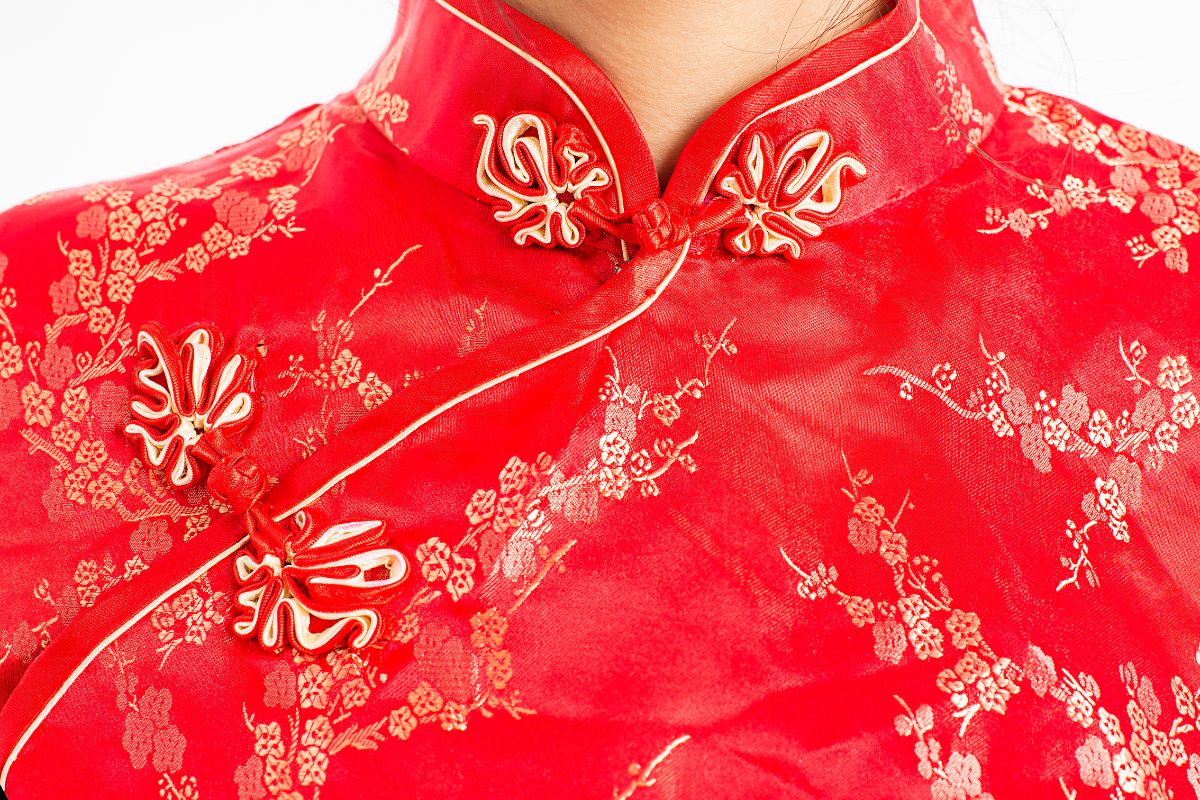
刺绣 (cì xiù), noun, embroidery
Examples:
- Embroidery calls for great care.
刺绣要求很高,一针也不能马虎。
cì xiù yāo qiú hěn ɡāo,yì zhēn yě bù nénɡ mǎ hu 。 - She was very fond of embroidery.
她很喜欢刺绣。
tā hěn xǐ huɑn cì xiù 。
Furthermore, the small decorations adorning the qipao, like intricate fasteners, handcrafted beads, and flowing tassels, transcend mere embellishments to showcase ancient Chinese craftsmanship wisdom.
Each detail brims with profound meaning, epitomizing the pursuit of perfection and harmony in traditional Chinese aesthetics. These subtle designs shimmer with the brilliance of wisdom in inconspicuous places, transforming the qipao into a living art piece, where beauty radiates from within when worn.